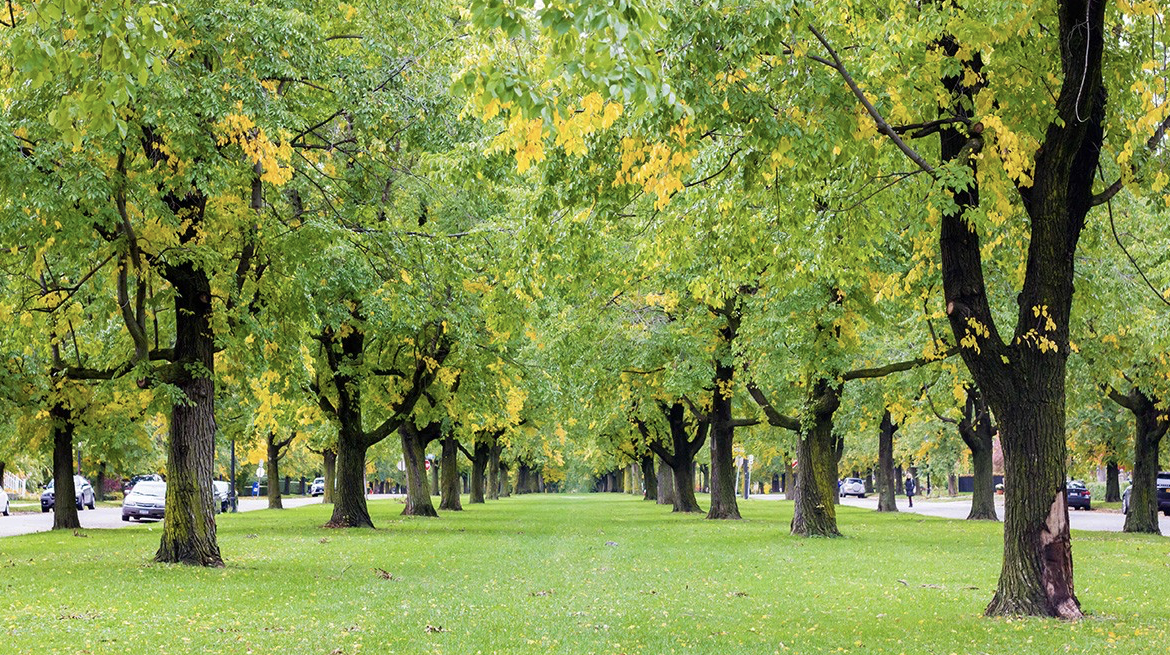The Man Who Saved Niagara Falls—and Invented Your Front Lawn
The Man Who Saved Niagara Falls—and Invented Your Front Lawn
When we think of Frederick Law Olmsted, we usually picture Central Park or maybe a quiet path in Delaware Park in Buffalo. But Olmsted’s legacy runs deeper—literally into the earth beneath our feet, and into the very idea of what public space in America should be.
Central Park in New York City.
He didn’t just help preserve Niagara Falls by joining the Free Niagara Movement—a radical campaign that dared to challenge powerful private interests. He reshaped how we live in this country today, from the parks we stroll through to the lawns we mow on Saturday mornings.
Olmsted hated the stiff, manicured gardens of English estates—designed more for vanity than for people. He envisioned something freer: wide-open greens, unfenced lawns, clusters of trees that looked like nature had placed them. To him, beauty was not about control—it was about flow, harmony, and openness.
Niagara Falls and the gorge was once covered by imposing factories and commercial waste.
That same vision powered his fight for Niagara Falls. In the late 1800s, the Falls were being suffocated—surrounded by industry, blocked by fences, and guarded by toll collectors. People had to pay to see the water. The roar of the falls came with the clang of machinery and the smell of smoke. It was, in Olmsted’s eyes, a desecration.
So he joined forces with artists, architects, and reformers who believed the Falls should be free—not just free of charge, but free in spirit. They launched the Free Niagara Movement, a bold call to tear down the walls, buy back the land, and give the Falls to the people.
It was one of the earliest and most successful grassroots conservation campaigns in U.S. history. Their fight resulted in the establishment of Niagara Falls State Park in 1885—the first state park in America, designed by Olmsted himself. It was a declaration that nature wasn’t just for the wealthy or the powerful—it was for everyone.
Olmsted carried that same philosophy to Buffalo, where he designed Delaware Park and the city’s interconnected parkway system—a network of green, tree-lined boulevards meant to breathe life into everyday streets. He didn’t just build parks. He built access. Connection. Freedom.
And yes—your front lawn? That too traces back to Olmsted. His love for shared, open space without walls or hedges inspired the American ideal of the suburban yard. You can thank—or blame—him every time you pull out the lawnmower.
So the next time you walk down Lincoln Parkway, or stand at the edge of Niagara’s mist without dropping a quarter, remember: this didn’t happen by accident. It was fought for.
Frederick Law Olmsted believed nature should be democratic, public, and peaceful. A place to breathe. A place to be free.
Buffalo’s Parkway system is also part of the legacy of Olmstead.




